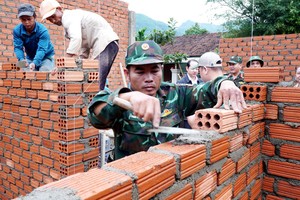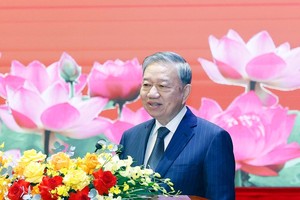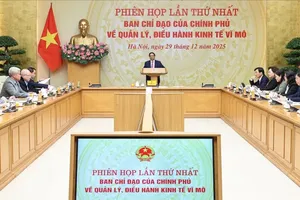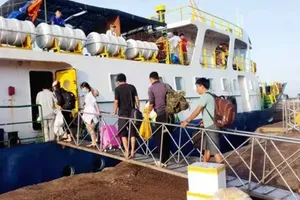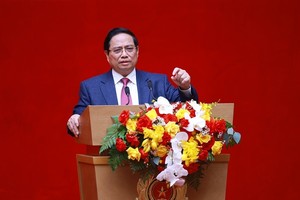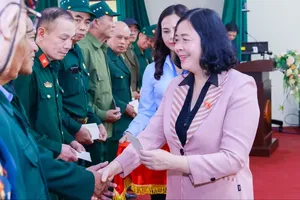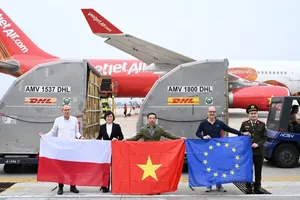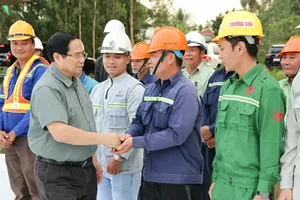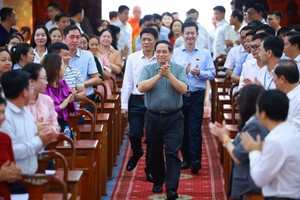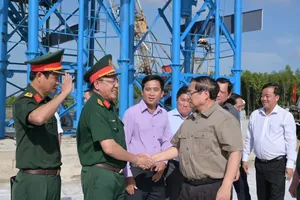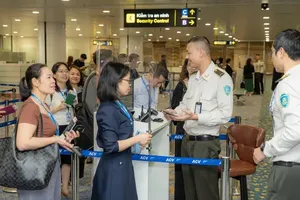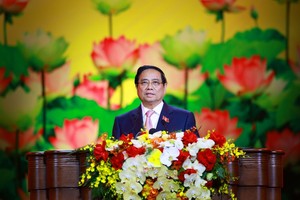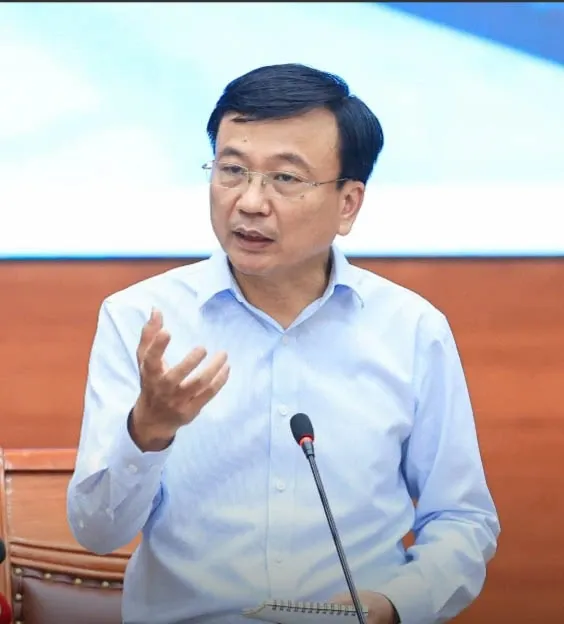
Deputy Minister Nguyen Danh Huy first discussed the bottlenecks of the North-South highspeed railway project that have been tackled thanks to this newly released roadmap, namely investment resources and train speed.
Regarding the former, it is evident that the national economy has grown significantly, with GDP increasing from US$147 billion in 2010 to $430 billion in 2023 and projected to reach $564 billion by 2027, the expected commencement year for the project. Meanwhile, the public debt has decreased from 56.6 percent of GDP in 2010 to 37 percent currently. The project is also assessed to meet debt safety criteria post-implementation.
As to the latter, while some experts suggested a train velocity of 250 km/h, this technology is about 25 years old and is more suitable for short and medium-length lines. The global trend is towards speeds of 350 km/h and higher.
To make a wise decision on this speed, the Ministry of Transport organized interdisciplinary surveys in six countries with developed high-speed rail systems, including Japan, Germany, Spain, China, the Republic of Korea, and France, while considering various factors.
According to consultants' calculations, on the Hanoi-HCMC route, a speed of 350 km/h could attract about 12.5 percent more passengers compared to 250 km/h. While investing in a 350 km/h speed is 8-9 percent more expensive, upgrading from 250 km/h to 350 km/h later would be difficult.
Explaining the detail of being independent from the lenders' conditions when borrowing funds for the North-South highspeed railway project, the Deputy Minister stressed that this is the stance of the Politburo based on the spirit of independence, self-reliance, and autonomy.
Accordingly, the project is defined as a public investment, and the government will have a plan to mobilize domestic capital and, depending on the balance, may issue domestic bonds or borrow from foreign sources. In the case of foreign borrowing, it must come with preferential terms, few constraints, and most importantly, technology transfer to Vietnam.
The state budget is expected to allocate funds in medium-term public investment plans to complete the project by 2035. Specifically, the capital will be allocated over 12 years, with an average of about $5.6 billion per year, equivalent to about 16.2 percent of medium-term public investment in the 2026-2030 period if the current ratio of medium-term public investment is maintained. The Transport Ministry is working with relevant state agencies for the practicality of this measure.
Answering the question whether it is possible for technology transfer to Vietnam when the country does not have domestic capabilities in highspeed rail, Deputy Minister Nguyen Danh Huy said that Vietnam now has a team capable of handling all aspects of infrastructure. For example, for cable-stayed bridges (such as the My Thuan 2 Bridge), Vietnam has been able to carry out 100 percent of the work, from design to construction, domestically.
The country also has enterprises capable of fully self-sufficient tunneling. Regarding trains, there are two railway industrial facilities: Di An Locomotive Factory and Gia Lam Locomotive Factory, both of which have been developed since the French colonial period and now have modern machinery and equipment to meet the production of vehicles...
Obviously, with proper policies and successful technology transfer, it is possible for Vietnam to fully master the entire construction industry, autonomously operate and maintain, and gradually localize the production of some spare parts.
Discussing the concern lately that 8 years is not sufficient to complete such a huge project, the Deputy Minister shared that like many large transportation projects, the toughest challenge when implementing this project is land clearance. Many projects that were expected to clear land in 3 years have been extended to 5-6 years, and investors have even been sued by contractors.
However, the North-South highspeed railway is a special project and will be implemented with the highest political determination. The project will have five main policy groups and solutions, related to accelerating progress; mobilizing resources; decentralizing investment; training human resources; and developing industry.
This is the first project in Vietnam with such complex technical and technological standards as well as a large investment. In the next step, the Ministry of Transport will continue to review and submit to the competent authorities for issuance of specific policies to implement the project, while mobilizing the maximum domestic human resources in combination with hiring foreign consultants and contractors to participate in design, construction, management, and project supervision.

